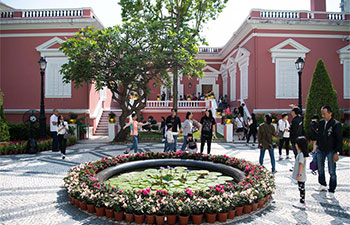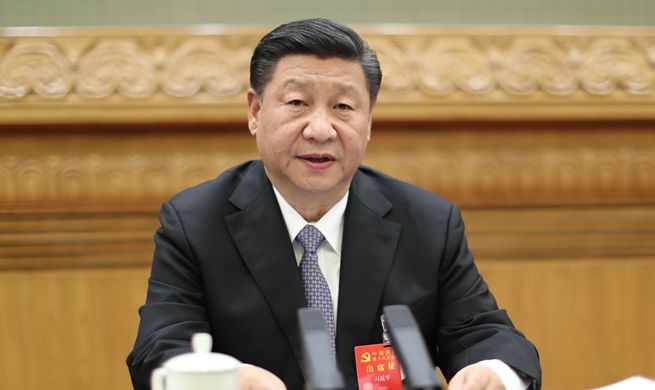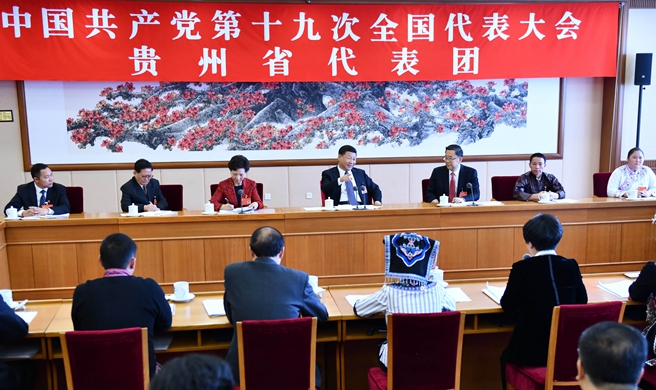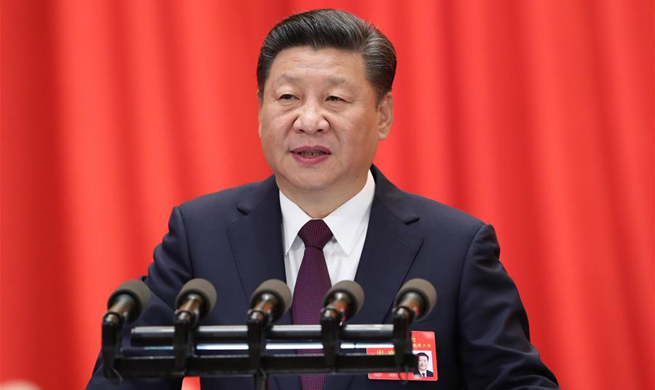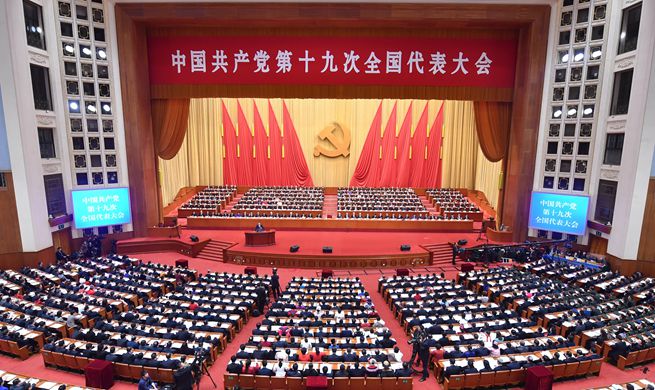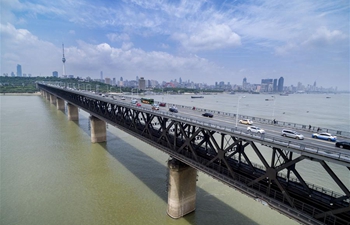URUMQI, Oct. 23 (Xinhua) -- Machines are replacing hundreds of thousands of migrant workers picking cotton in northwest China's Xinjiang Uygur Autonomous Region, the biggest cotton production base in the country.
At this time of year Xinjiang's cotton growers would usually have started hiring workers to pick their cotton. However, 116,000 hectares of cotton fields in Shawan County have already been harvested by cotton-picking machines.
"In the past, the cotton picking season lasted at least 45 days from October to November. But now, the machines can harvest a 15-hectare cotton field in one day," said Lin Hongru, head in Caohu Village.
A cotton-picking machine can do the work of 2,000 workers each day, he said.
"The cotton picking season was the busiest time of the year. Cotton growers in my village hired migrant workers from Gansu, Sichuan and Henan provinces to help. People worked in the fields from dawn to dusk," said Lin.
Now, roaring cotton picking machines move through in the fields, removing the cotton from the bolls and collecting it in a large container. Cotton picking season has become much easier for growers.
Xinjiang produced 3.594 million tonnes of cotton in 2016, accounting for 67.3 percent of China's total, up from 62.5 percent in 2015, according to the National Bureau of Statistics.
Although there was a decrease in cotton growing area last year, cotton yield per hectare increased by 151.5 kilograms in 2016, thanks to the increase in machinery and irrigation.
China accounts for about 30 percent of the world's cotton output, with only 15 percent of the world's cotton-growing land.
In Shihezi County, cotton farmer Bao Yucheng said he used to pay 160,000 yuan (24,000 U.S. dollars) to hire more than 20 cotton pickers to harvest his 13,333 hectares of fields. This year he paid 50,000-60,000 yuan to hire a cotton picking machine.
Agricultural technicians took advantage of the harvesting season to demonstrate a new generation cotton-picking machine, which can pack the cotton into 2-tonne bales while harvesting.
Gao Yongjian, an agri-technician, told farmers that the machine is more efficient than the older models.
He said large-scale farming is increasing in Xinjiang, as farmers became more interested in joining rural cooperatives to share machinery.






